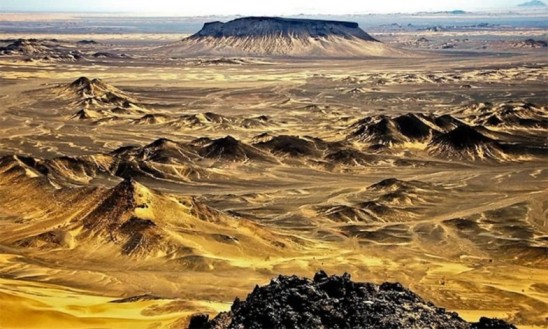Pakistan is moving ahead with its largest-ever copper-gold mining venture as the Reko Diq project in Balochistan heads towards financial close. Over the next 37 years, the project is expected to generate $53 billion for the country and create around 7,500 jobs, mainly for the local population.
Officials briefed the Senate Standing Committee on Petroleum that the project’s financial close is expected next month, with construction likely to begin in 2028.
The $7.7 billion mega project will be developed in two phases.
In Phase One, the project will require about $3.5 billion in financing, with overall construction costs estimated at $5.6–6 billion. Once operational, this phase is projected to produce 260,000 tons of copper and 300,000 ounces of gold annually.
Phase Two, planned for 2032, will add further capacity with an additional $3–3.6 billion investment. At full scale, annual production is expected to rise to 400,000 tons of copper and 500,000 ounces of gold.
Overall, the project is estimated to generate $70 billion in total cash flow. Out of this:
- The Balochistan government is expected to receive around $26 billion
- The federal government about $11 billion
- Three government agencies will collectively earn approximately $15 billion
Beyond the financial impact, Reko Diq is also being positioned as a community uplift project. Planned initiatives include:
- Provision of clean drinking water
- Upgrades to primary schools
- Skills training programs for local residents
So far, 380 residents of Chagai district have already completed vocational training, and 27 students have received scholarships to study abroad.
Officials also stated that there are no security concerns surrounding the project. Around $2.5 billion in international funding has already been secured, while discussions are ongoing with institutions such as the World Bank, Asian Development Bank (ADB), IFC, and the governments of the United States and Japan to finalize the remaining financing.
If successfully executed, the Reko Diq Copper-Gold Project could become a flagship model of resource development, combining economic growth, local employment, and long-term social development in Balochistan.
